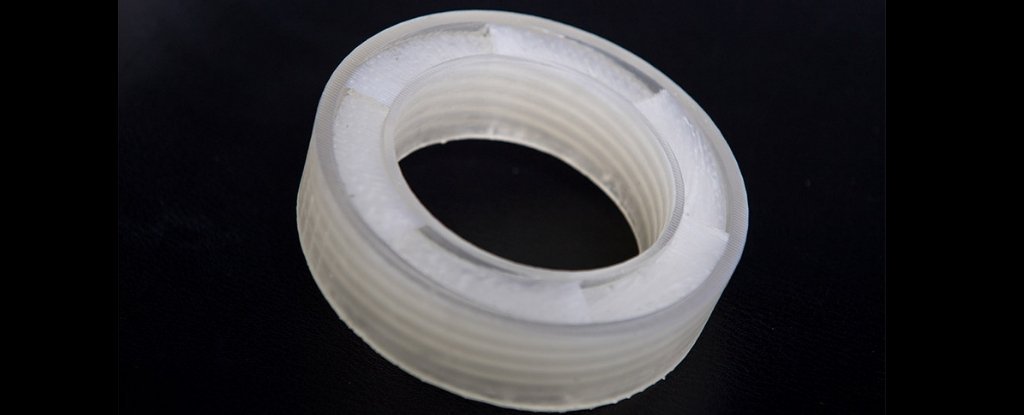At one point or another, you have been bothered by a certain noise and, unfortunately, in today’s world, urban noise pollution is becoming an increasingly serious problem.
Boston University researchers Reza Ghaffarivardavagh, Stephan Anderson, Xin Zhang and Jacob Nikolajczyk have created an ‘acoustic metamaterial’ that is capable of blocking 94% of sound but will still allow light and air to filter through.
“I’ve always been interested in acoustics. I like to work on something that I can hear or see the result. Something that I can have an impact on with issues we are facing nowadays.”
Reza Ghaffarivardavagh
In order to create it, the engineers started with the most basic calculations: what kind of dimensions and specifications a material would need in order to not block air or light but send sound waves back to source at the same time. When they figured that out, they took to printing a doughnut-like device that they attached to the end of a PVC pipe, while attaching the other to a loudspeaker.
After playing a high pitched sound from the loudspeaker, they realized that their calculations were correct: the doughnut-like shape did stop 94% of the sound from trickling through.
“The moment we first placed and removed the silencer…was literally night and day,” Jacob Nikolajczyk said “We had been seeing these sorts of results in our computer modeling for months — but it is one thing to see modeled sound pressure levels on a computer, and another to hear its impact yourself.“
According to the researchers, the metamaterial is not limited only to its doughnut shape – it’s actually completely customizable. In addition to that, its possible applications are countless, ranging from HVAC systems to dealing with drone-related sounds.
“Drones are a very hot topic,” Zhang says and mentions companies such as Amazon, who have shown interest in investing in drone deliveries.
A lot of people have complained about the noise the drones might potentially unleash across the cities but Ghaffarivardavagh is positive that silent drone deliveries can be achieved: “The culprit is the upward-moving fan motion. If we can put sound-silencing open structures beneath the drone fans, we can cancel out the sound radiating toward the ground.”
Professor of Radiology at BU School of Medicine Stephan Anderson stated that the material could also be scaled and made to fit “inside the central bore of an MRI machine” and shield the patients from the sound inside, which can be overwhelming for some.
“Our structure is super lightweight, open, and beautiful,” Zhang and Reza Ghaffarivardavagh stated. “Each piece could be used as a tile or brick to scale up and build a sound-cancelling, permeable wall.”
The engineers are not short of ideas – it seems like the applications for their metamaterial are endless and Zhang said that “we can now mathematically design an object that can block the sounds of anything,” a statement which, in a world that keeps getting louder and louder, is truly a piece of good news.
Follow TechTheLead on Google News to get the news first.























